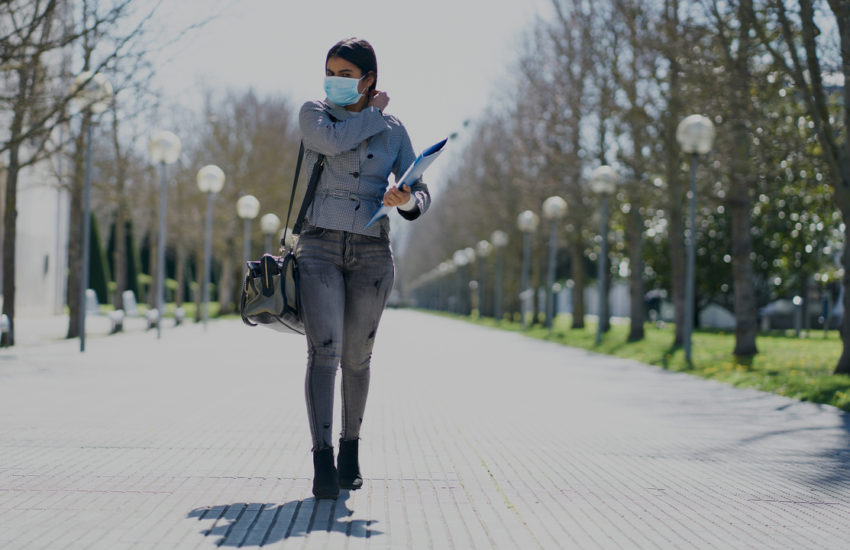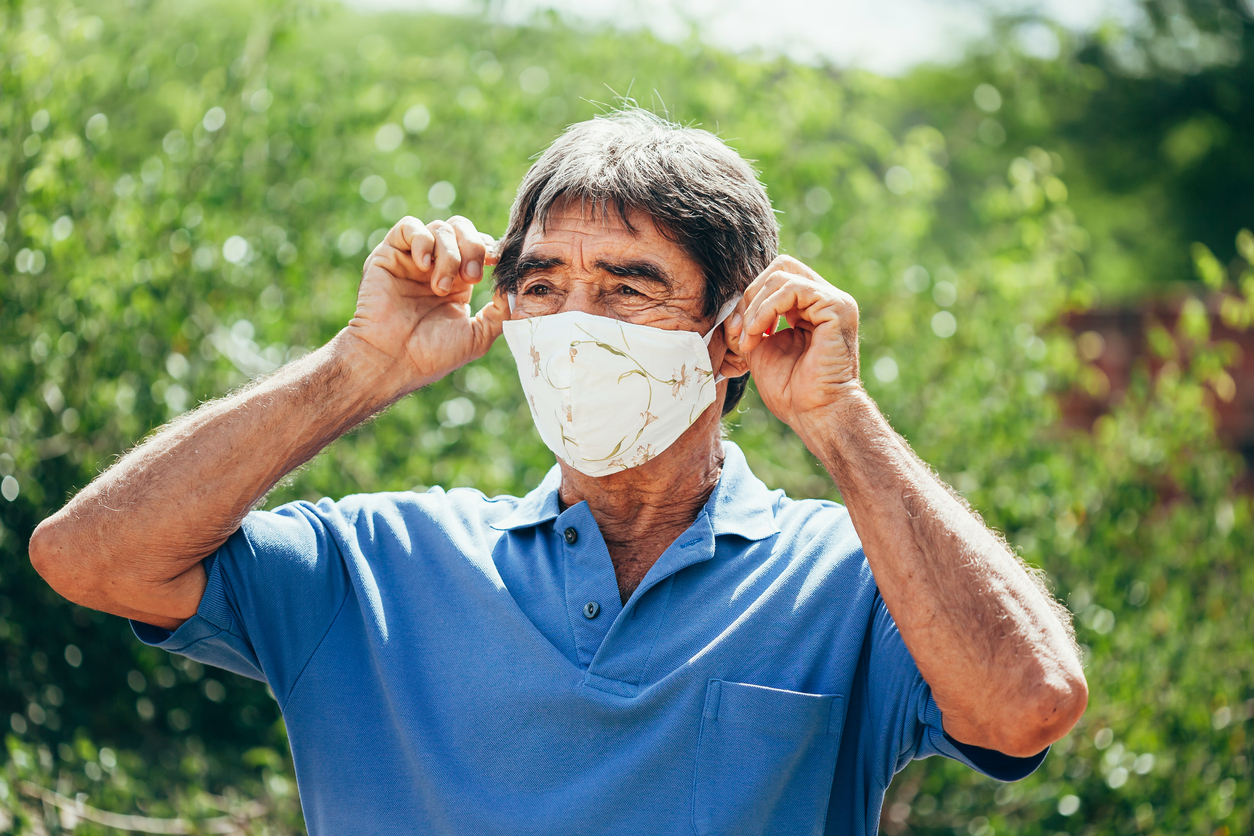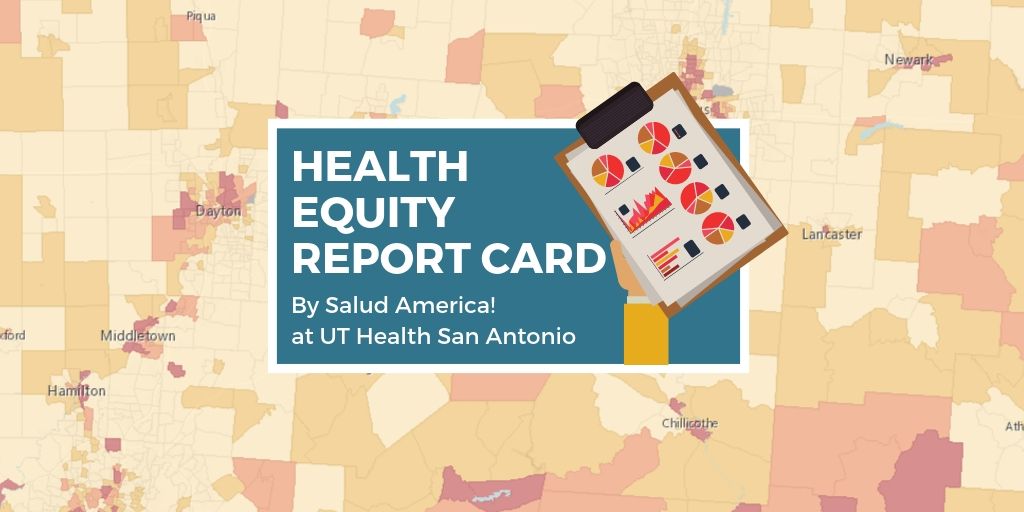
Share On Social!
Latinos and Blacks together comprise 55% of coronavirus cases, nearly double their U.S. population makeup, according to new CDC data.
Overall, Latinos were 33% of COVID-19 cases and Blacks were 22% in an analysis of 1.3 million lab-confirmed coronavirus cases reported to CDC during January 22-May 30, 2020. These are much higher rates than Latinos and Black representation in the U.S. population (18% and 13%).
The new CDC data reinforce the disparate impact of COVID-19 on Latinos amid worsening historical inequities.
“As protests against systemic racism in policing take place nationwide following the death of 46-year-old George Floyd while in Minneapolis police custody, the pandemic continues to show similar discrepancies in healthcare and economics,” Forbes reports on the CDC data. “In New York City, the epicenter of the outbreak in the U.S., Black and Hispanic people outnumber other demographic groups among essential workers, like transit workers. Limited access to Medicaid in some states also disproportionately affects the Black community.”
Report: Coronavirus Exacerbates Underlying Conditions
The new CDC data also reinforce the threat of COVID-19 for people with underlying health conditions.
“As of May 30, 2020, among COVID-19 cases, the most common underlying health conditions were cardiovascular disease (32%), diabetes (30%), and chronic lung disease (18%),” the CDC report states. “Hospitalizations were six times higher and deaths 12 times higher among those with reported underlying conditions compared with those with none reported.”
 Cancer patients also are at high risk.
Cancer patients also are at high risk.
Another recent study in The Lancet found that Cancer patients who get COVID-19 have a 13% risk of dying, much higher than the 6% death rate of coronavirus in the general population. People with cancer and the general population have the same basic reasons for severe coronavirus outcomes. These include older age, smoking, and underlying health problems like diabetes and obesity, according to the new study.
This suggests cancer still poses a greater danger than the virus.
“Many cancer treatments do not weaken the immune system to a level that it could not fight the virus, so the notion that patients with cancer are all immunocompromised is troubling to me,” Dr. Antoni Ribas, an oncologist at UCLA told USA Today. “In fact, many modern cancer treatments do not weaken the immune system at all, and some of them are immunotherapies that help fight cancer, and in mouse models, the same therapies also fight viral infections.”
The Lancet study did not show an increased risk of death for patients receiving cancer treatments who were otherwise healthy.
“This suggests that patients can continue receiving treatment during the pandemic using extreme caution, which is what we did here,” said Dr. Ruben Mesa of the Mays Cancer Center at UT Health San Antonio. “We had clear protocols in place to protect patients as they continued their treatment.”
Latinos Are Particularly Affected by Coronavirus
Where you live matters for your health.
Even before COVID-19, inequitable city planning, historic discriminatory practices like redlining, and other inequities created racial/ethnic wealth gaps in neighborhoods. These areas lack health-promoting assets like healthcare and jobs.
 Latino neighborhoods, for example, struggle with equitable access to:
Latino neighborhoods, for example, struggle with equitable access to:
- healthy food
- safe places for physical activity
- affordable housing and transit
- social support
- healthy school environments
Now COVID-19 is exacerbating those very health inequities.
Latinos are essential workers on the front lines, in health, retail, and food jobs. Fewer Latinos can work from home. They are facing colossal job loss. They don’t have access to testing and care. The suffer higher coronavirus death rates.
And it’s worse for Latino immigrants.
“Evidence from previous recessions show families of young children with low incomes, communities of color, and immigrants are particularly vulnerable to economic downturns resulting in increased economic hardship over longer periods of time even after the economy as a whole recovers,” according to Children’s Healthwatch. “This reality, when compounded by pre-existing wealth disparities by race, ethnicity, and gender, will exacerbate inequity and increase hardship.”
What Can We Do?
Voices for Healthy Kids is granting $1 million to 22 community organizations to address gaps in health care, health food, and income support amid coronavirus.
We need more efforts like this!
That’s why you should check out these 19 ways to focus on health equity in the pandemic aftermath.
 Also, download a Salud America! Health Equity Report Card. You will get local data with interactive maps and gauges, which can help you visualize health inequities in underlying conditions, housing, transit, and other issues compared to the rest of your state and nation.
Also, download a Salud America! Health Equity Report Card. You will get local data with interactive maps and gauges, which can help you visualize health inequities in underlying conditions, housing, transit, and other issues compared to the rest of your state and nation.
You can email your Health Equity Report Card, share it on social media, and use it to make the case for community change to boost health equity.
And now you can ask your city to start a resolution to declare racism a public health crisis and commit to action!
DECLARE RACISM A PUBLIC HEALTH CRISIS!
Explore More:
Healthcare AccessBy The Numbers
142
Percent
Expected rise in Latino cancer cases in coming years



